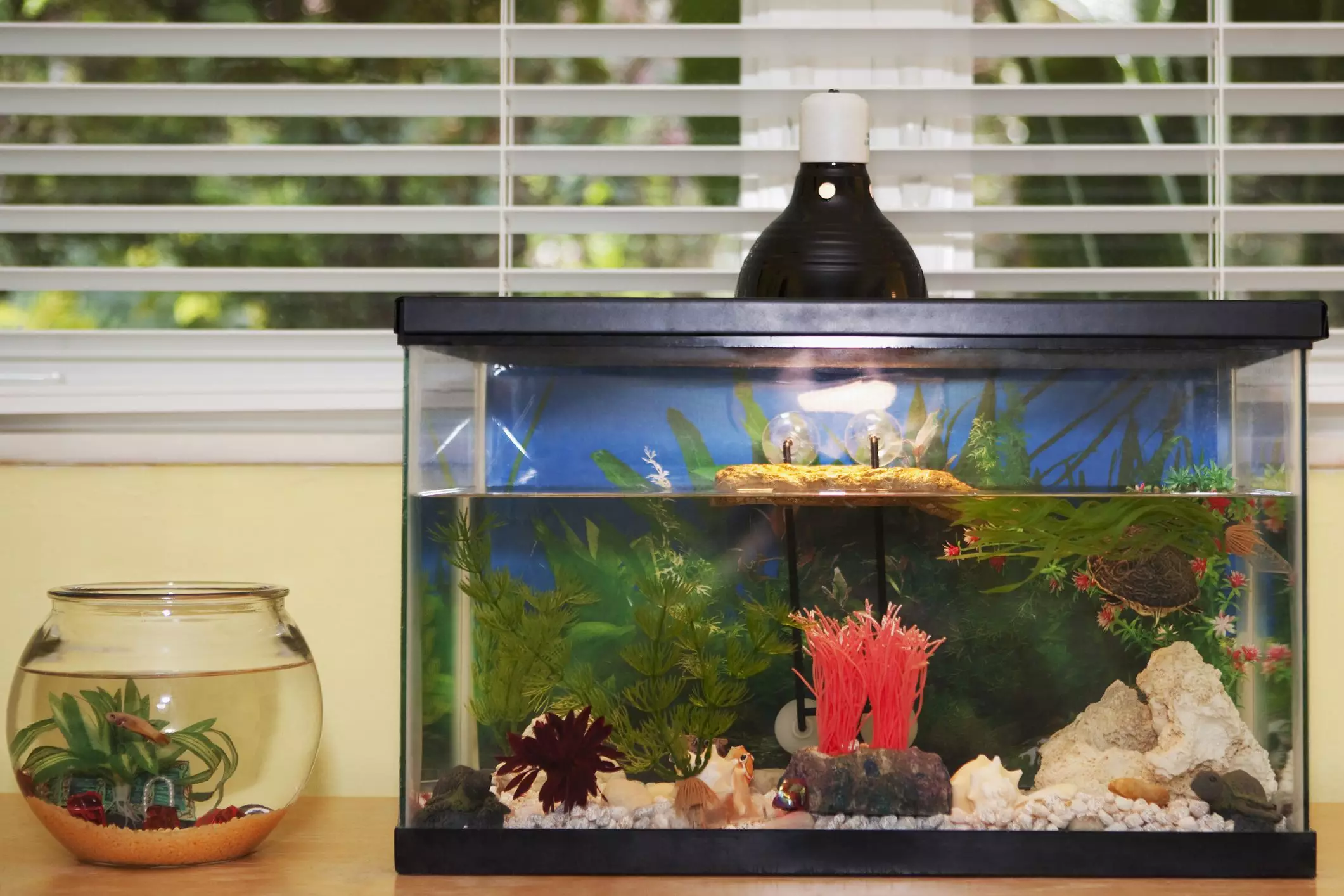Switching from a freshwater aquarium setup to a saltwater environment can often seem daunting. Many hobbyists hesitate, held back by fears of high costs and complex systems. However, this transition doesn’t have to be as complicated as some believe. With a little understanding of the required equipment and modifications, you can turn your existing freshwater tank into a vibrant saltwater haven. This article aims to demystify the process and provide practical advice for aquarists contemplating this exciting change.
The first consideration in transitioning to a saltwater aquarium is the size and condition of the tank. Most aquarists already possess a usable aquarium, typically made of glass or acrylic—both materials are suitable as long as they are leak-free. The size is crucial because larger tanks generally provide a more stable environment, allowing for easier management of water quality issues that arise. As a rule of thumb, saltwater setups benefit from volume; smaller aquariums (under 10 gallons) are particularly susceptible to rapid fluctuations in water chemistry, making it necessary to remain vigilant during the cycling process to mitigate risks like spikes in ammonia levels.
Furthermore, it’s essential to adapt your fish stocking practices. The longstanding guideline for freshwater tanks of one inch of fish per gallon does not apply to saltwater setups. Instead, consider that a more appropriate measure is one inch of fish for every five gallons. This significant difference is attributed to the inherent nature of saltwater species, which often require more space to thrive and exhibit natural behaviors.
Aquarists transitioning from freshwater to saltwater also need to rethink their substrate. While gravel is commonly used in freshwater systems, saltwater tanks thrive with sand or crushed coral as these materials support beneficial bacteria and provide habitats for various marine organisms. This change not only enhances the ecosystem within your aquarium but also stabilizes water parameters through the addition of calcium, which is vital for many marine creatures.
When considering substrate, look for marine-specific options that can help create a natural environment for creatures like sand-sifting fish that contribute to maintaining the ecosystem’s health. This shift may seem minor, but it has significant implications for your tank’s biological filtration and overall stability.
Saltwater aquariums demand superior filtration compared to their freshwater counterparts. The quality of saltwater requires more rigorous maintenance and filtration to keep toxic compounds at bay. Many freshwater aquarists start with a simple hang-on-back filter, but transitioning to saltwater may necessitate either upgrading or adding additional filtering systems.
Consider implementing a canister filter, which offers varied filtration media options catering to both mechanical and biological needs. Incorporating live rock not only enhances the aesthetic appeal of your aquascape but also creates a natural biological filter, providing essential support for denitrification. Avoid relying solely on under-gravel filters, as modern aquarium filtration marked by sufficient water movement enhances the tank’s health more effectively.
Lighting is another critical factor when moving to saltwater systems, particularly if you’re interested in maintaining corals or other invertebrates. Many freshwater setups utilize standard fluorescent lights, but these typically do not provide the spectrum required for photosynthetic organisms that thrive in reef environments. Transitioning to more advanced lighting options, such as LED or metal halides, can enhance the color and vitality of your marine inhabitants.
Moreover, it is crucial to verify that the equipment being utilized is resistant to corrosion, as saltwater environments can quickly compromise hardware if not made from appropriate materials. Many aquarists make the mistake of investing in unsuitable lights, obtaining inadequate or excessive fixtures that do not support their tank’s specific demands. Understanding your lighting needs before purchasing can save you from unnecessary expenses.
Creating an authentic marine environment extends beyond just the biological and physical considerations—it also involves how you decorate your tank. Most freshwater ornaments, such as plastic plants and novelty decor, are detrimental in saltwater tanks. Instead, focus on using natural rock formations and aquatic-safe materials that promote a healthier habitat for marine life.
Maintenance routine remains integral in both aquarium types; however, saltwater tanks often require more careful attention. Regular monitoring of salinity, nitrogen levels, and other water parameters is essential to maintain ecosystem balance. Investing in water test kits tailored for saltwater aquariums from the outset assists with these efforts and enhances your success in keeping marine organisms.
Transforming your freshwater aquarium into a saltwater or coral reef system doesn’t have to be overwhelming. By understanding the necessary equipment adjustments, managing water quality, and ensuring that your marine environment is both functional and beautiful, you can successfully embark on this new aquatic journey. With careful planning and dedication, you’ll witness the underwater world flourish right in your home.

